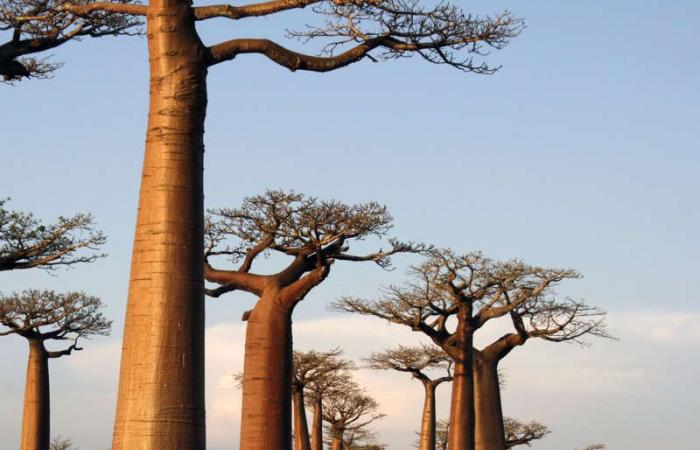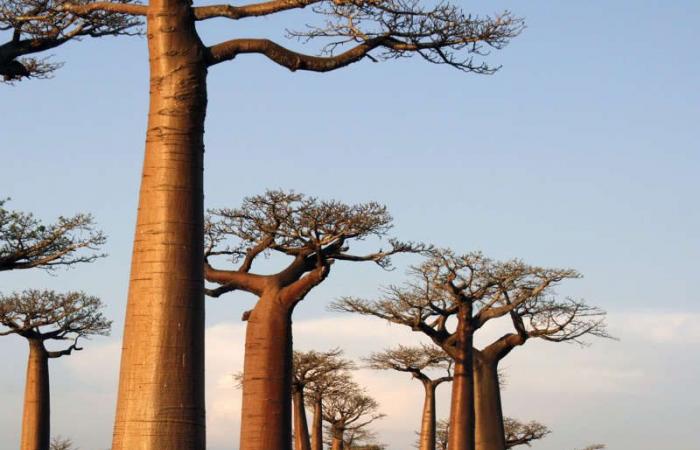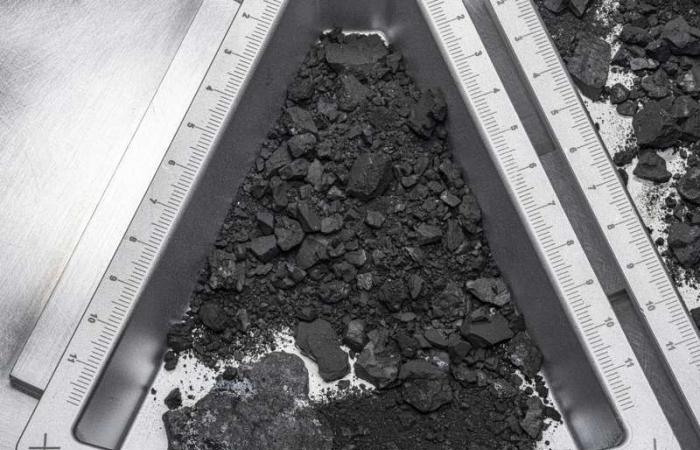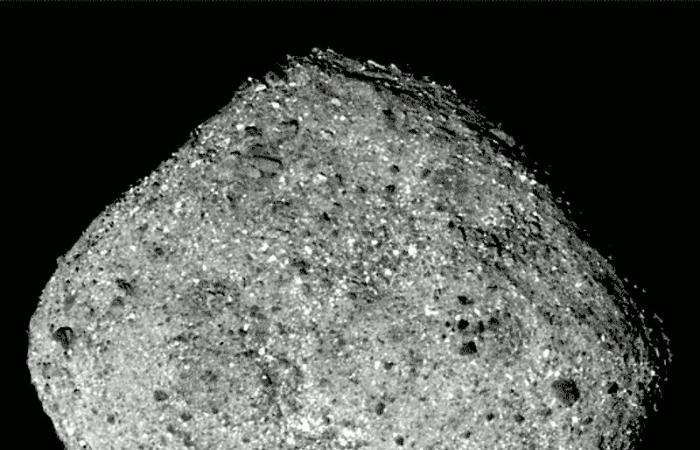On September 24, 2023, NASA’s OSIRIS-REx mission delivered a capsule to Earth that contained approximately 120 grams of pristine carbonaceous regolith from asteroid BennuThis specimen is extraordinary, not only for its rarity, but for the astonishing revelations it has provided so far.
Early analyses have revealed a watery past for Bennu, suggesting the asteroid may have broken off from an ancient ocean world that has long since disappeared from our solar system.
The ingredients of life
Scientists have been poring over the asteroid’s rocks and dust to unravel its secrets and determine whether it contains the elements necessary for life. Besides, These studies provide vital information about the remains of the formation of the solar system.


Rocks and dust collected from the asteroid Bennu and returned to Earth by the OSIRIS-REx mission.
In an initial analysis shared in October, Bennu was found to be rich in carbon, nitrogen, and organic compounds. These ingredients not only helped form the solar system, but are also essential for life as we know it. The journal Meteoritics & Planetary Science has published a study that details these findings, confirming the presence of magnesium and sodium phosphate, compounds that can dissolve in water and are fundamental to the biochemistry of life.
These compounds, along with other elements and minerals present on Bennu, suggest a watery past for the asteroid, indicating that it may have broken off from a primitive ocean world that no longer exists. Clay minerals, such as serpentine, found in the Bennu sample, They are similar to rocks found in the mid-ocean ridges of the Earth, where material from the Earth’s mantle interacts with water. This connection reinforces the hypothesis of an aqueous origin for Bennu, although more research is required to confirm it.
The Japan Aerospace Exploration Agency’s Hayabusa2 mission also found phosphate on the asteroid Ryugu, but the compound on Bennu is purer and has larger grains.
The rocks collected on Bennu represent a time capsule of the early days of the solar system, dating back more than 4.5 billion years. It constitutes, in fact, the largest reserve of unaltered asteroid material that exists right now on Earth.
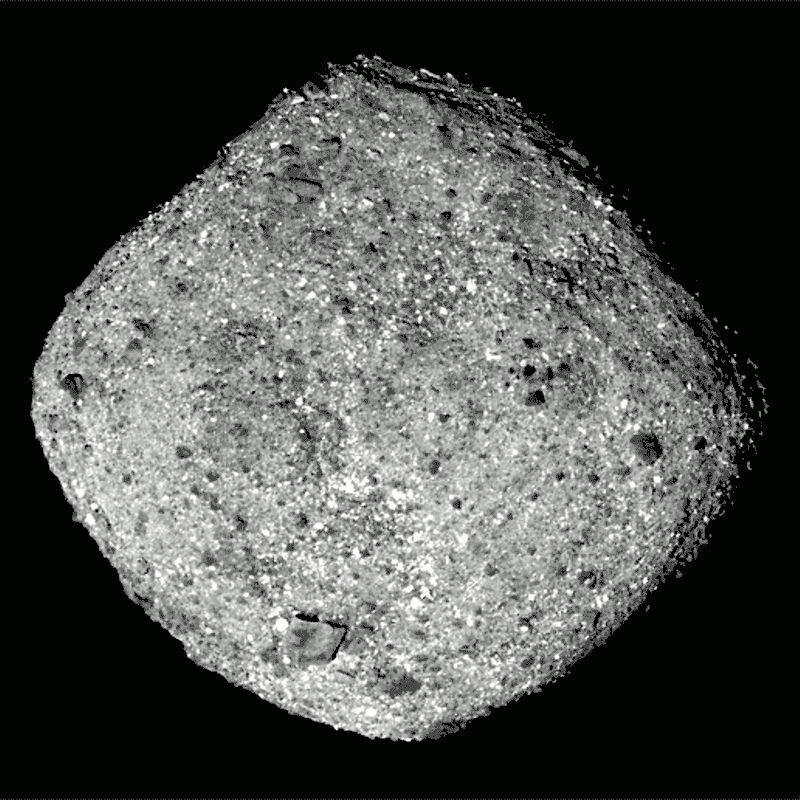

A series of images taken by the OSIRIS-REx space probe showing asteroid Bennu rotating at a distance of around 80 kilometers. The frames were obtained by the PolyCam long-range camera over a period of 4 hours and 18 minutes.
The role for life of asteroids and comets
Astronomers believe asteroids and comets may have played a crucial role in supplying water and the building blocks of life to Earth. Nick Timmsco-author of the study and associate professor in Curtin University’s School of Earth and Planetary Sciences, says these rocky bodies could have collided with the forming Earth, paving the way for the beginning of life.
These findings, then, underscore the importance of collecting and studying material from asteroids like Bennu, especially low-density material that would normally burn up upon entering Earth’s atmosphere. This material may be key to unraveling the processes of solar system formation and the prebiotic chemistry that may have contributed to the origin of life on Earth.

